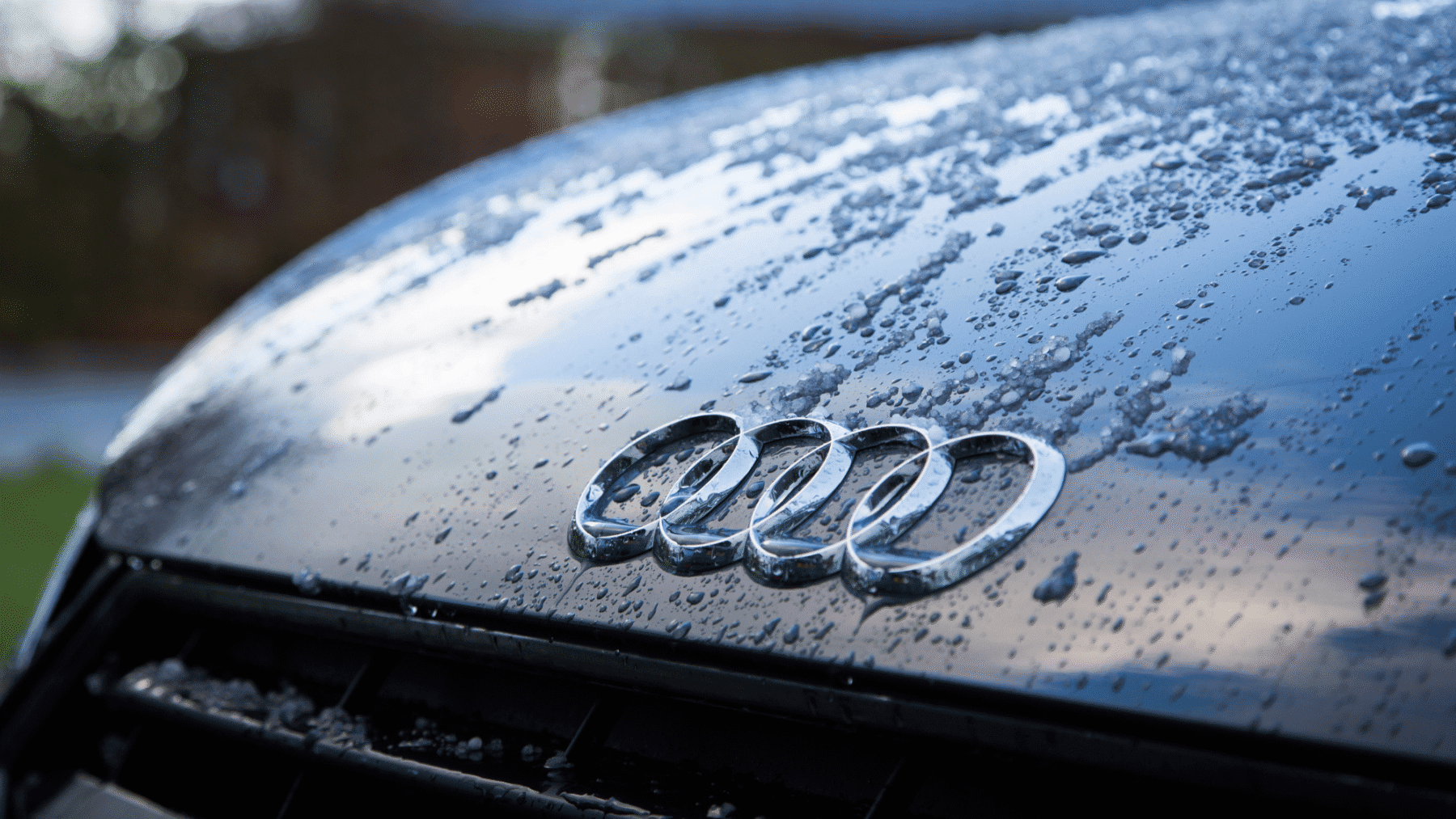Preventive Winterization Checklist for Audi Transmissions (30-Minute Routine)


When winter rolls into the North Shore, Audi drivers know the cold doesn’t just make mornings harder—it can also put extra strain on your car. Your transmission takes the brunt of it in freezing weather.
The good news is, a simple Audi winter transmission checklist can help you avoid expensive repairs, keep your car running smoothly, and stay safe all season.
At Heart Auto Care, we’ve put together a simple 30-minute routine you can follow at home (or better yet, have our expert technicians handle for you) to winterize your Audi transmission and give yourself peace of mind before the snow and ice set in.
Warm-Up Best Practices
Cold weather thickens transmission fluid, making it harder for your Audi’s transmission to operate smoothly right after startup.
Instead of revving the engine or hitting the road immediately, let your car warm up for a few minutes.
It’s best to let your car idle for about 2 to 3 minutes before driving. This gives the fluids time to move around and keep everything lubricated.
When you start driving, take it easy at first. Even after idling, try to avoid quick acceleration or hard shifts until the engine and transmission warm up fully.
Transmission Fluid Checks
Your transmission fluid is the lifeblood of your Audi’s system, and winter puts it to the test. Low or dirty fluid can cause slipping, delayed shifts, and even permanent damage when temperatures plummet.
Here’s what to look for:
- Level: Ensure the fluid isn’t low. If it is, top it up with the manufacturer-recommended fluid.
- Color: Fresh fluid should be a clear red. Dark, brown, or burnt-smelling fluid means it’s time for a change.
- Condition: Check for bubbles or debris, which can signal leaks or contamination.
At HEART, our ASE-certified technicians use manufacturer-approved fluids and can perform a complete flush if your Audi needs it.
Software Updates & Diagnostics
Modern Audi transmissions rely heavily on onboard software and sensors. Cold weather can reveal issues that may have gone unnoticed in warmer months, such as faulty sensors or outdated transmission control unit (TCU) programming.
Check for Warning Lights
Dashboard lights like the check engine or transmission light are your car’s way of telling you something isn’t right. Even if your Audi feels like it’s driving fine, those lights usually mean there’s an issue, like a bad sensor or early signs of transmission trouble.
If you ignore them, it could turn into bigger and more expensive repairs later on.
Run a Diagnostic Scan
Most modern Audis keep detailed fault codes in their onboard computer, and many of them don’t turn on a warning light right away. A quick diagnostic scan can reveal hidden problems with sensors, solenoids, or how the engine and transmission are talking to each other.
Finding these small issues early means you can take care of them before they turn into bigger, more expensive problems.
Update Your Software
Audi often puts out software updates for the transmission control unit (TCU) to fix issues and keep things running smoothly. These updates can make cold-weather shifting better, cut down on hesitation, and even help with fuel efficiency. Staying up to date makes sure your transmission has the latest improvements from the manufacturer.
Why Battery Health Matters for Your Transmission
Here’s something a lot of drivers don’t know: your transmission actually depends on your battery. When the weather gets cold, a weak battery has a hard time keeping enough power, and that can mess with the electrical parts that control your shifting.
To keep things running smoothly:
- Test your battery voltage: A healthy battery should measure around 12.6 volts when fully charged.
- Inspect terminals and cables: Corrosion or loose connections can lead to voltage drops that affect transmission performance.
- Replace if needed: Most car batteries last 3–5 years, but extreme cold can shorten their lifespan.
Keeping your battery in good shape makes sure your Audi’s transmission gets steady power so it shifts smoothly, even on cold mornings.
Leak Inspection and Early Detection
Cold weather makes seals and gaskets shrink, which means leaks are more likely in the winter. A transmission leak might start out small, but if you ignore it, it can quickly lead to expensive repairs.
Here’s what to check:
- Look under the car: Fresh spots of red or dark fluid in your driveway may point to a leak.
- Inspect around the pan and cooler lines: These are common areas for leaks in cold weather.
- Pay attention to shifts: If your Audi hesitates, slips, or jolts, fluid loss could be the culprit.
At HeartCertified Auto Care, we don’t just top off fluid—we identify and fix the source of the leak before it gets worse.
Wrapping It Up: Keep Your Audi Winter-Ready
Checking off this Audi winter transmission checklist takes less than 30 minutes, but it could save you thousands in repairs later.
When you warm up your car the right way, check your transmission fluid, stay on top of software updates, keep your battery in good shape, and catch leaks early, you’re giving your Audi the protection it needs to handle tough North Shore winters with ease.
Not sure where to start? That’s where we come in. At Heart Certified Auto Care, our ASE-certified technicians specialize in Audi service and can take care of the entire winterization process for you.
Schedule an appointment today and drive into winter knowing your transmission is ready for anything.







